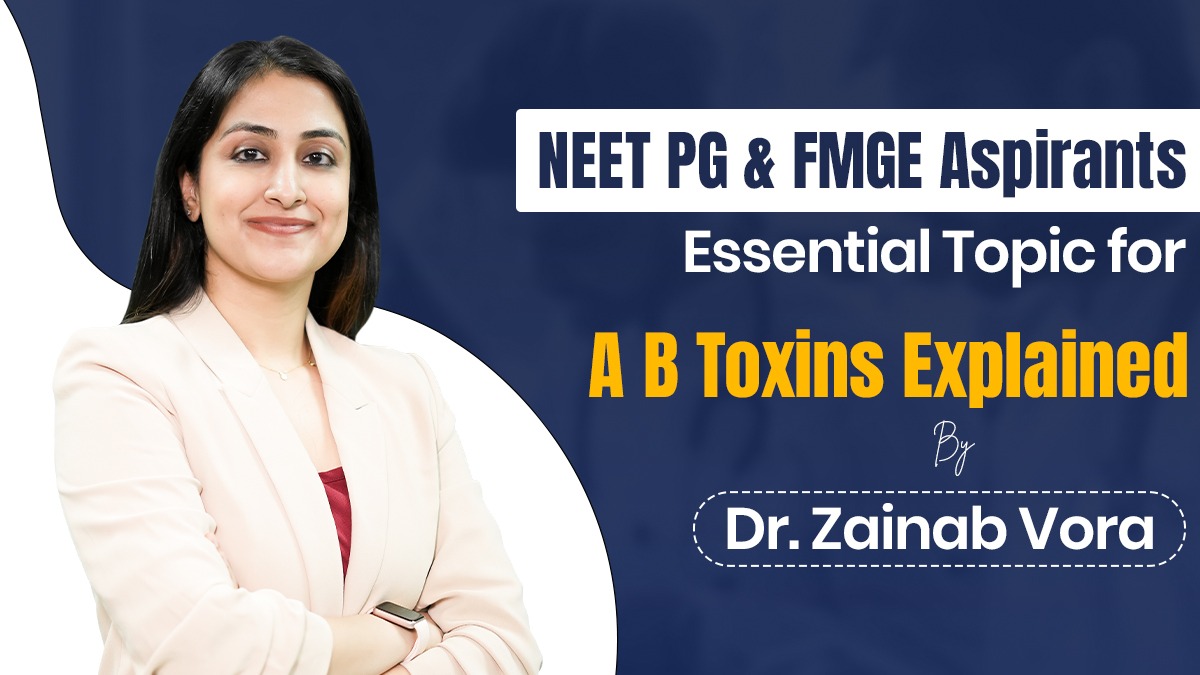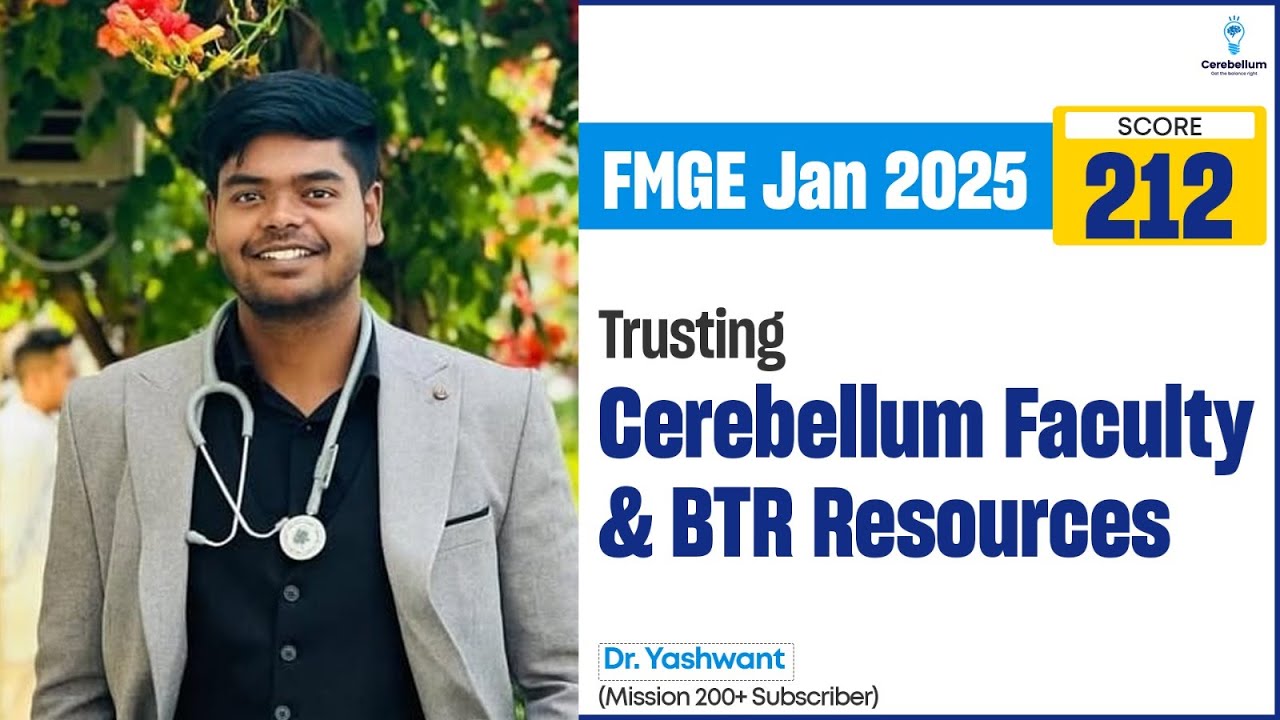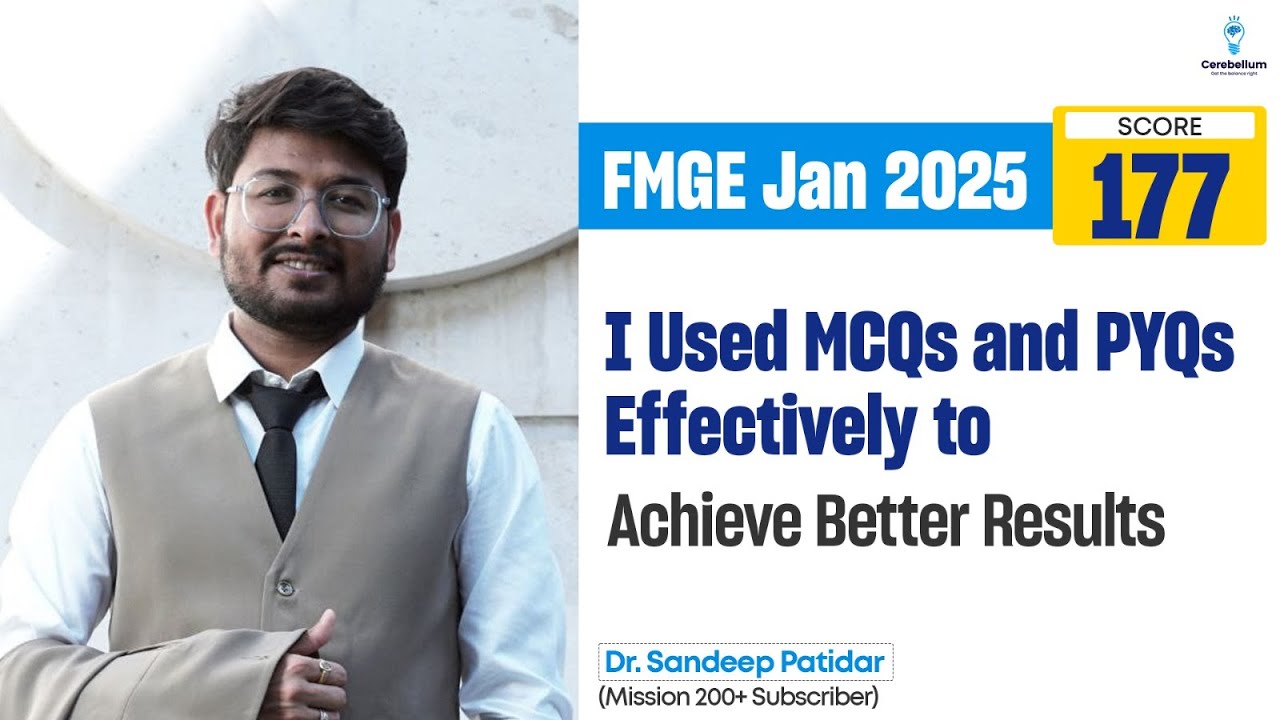So, let’s start with the actions of the toxin. This gives you a lot of questions, this one slide itself. So, every exotoxin here is going to have two subunits. Remember B for binding, A for action. Even if your brain says that A is an attachment, nothing will happen with B. So, you shut your brain up when you say that no, no brain, it is B for binding, A for action.
Coming to inhibiting protein synthesis, what is the main toxin that inhibits elongation factor 2? This is Corynebacterium diphtheria, which is the diphtheria toxin and I will tell you whatever it is in the minimum time that I can, alright. So, now when we talk about diphtheria toxin, remember one thing, the mechanism that happens is by ADP ribosylation, it inhibits elongation factor 2 by ADP ribosylation and that is a common mechanism to almost everything, so that is one other repeat question. Two tests with diphtheria toxin, we have a gel precipitation test, so that is LX gel precipitation test, LX rhymes shik, so the shik test is the skin test, skin shik, LX, everything goes together, right, so that’s all about diphtheria toxin.
You know the Chinese letter arrangement, what is the stain for Corynebacterium diphtheria, we have Albert stain, where the volutin granules which have diphtheria toxin are going to be stained differently, hence the name is metachromatic granules, alright, so this is about diphtheria and the other bacteria which has the same mechanism is Pseudomonas exotoxin A, so that is going to be the other toxin with the same mechanism. So, this is protein synthesis by elongation factor 2, protein synthesis by 60S, S for shigela toxin, shigela se hi shiga-like toxin, shiga-like toxin also called viruline toxin produced by E-HEC, enterohemorrhagic E. coli. What is the special species of E-HEC which is important, that is O157:H7, so do you see a pattern here with Sir, that’s all you want to remember, don’t remember the full name, remember 7 7 S, remember S, there is a special method to identify this, this has a special property that this does not ferment what, very good, this does not ferment sorbitol, so for that reason, I grow this one sorbitol mekong ki agar and this is the one which does not ferment and that is how I can recognize it.
Why this is special because this is the most common cause of the hemolytic uremic syndrome, HUS everything is in name, hemolytic anemia, uremia and shigella, so shigella means dysentery, so that is the triad, don’t remember triad and like that, the answer is itself in name, no need to memorize. So, this is 60S, now going on to CAMP, CAMP is in the name itself, just write CAMP and we know as BTR students that M is L, right, they are both always going together, we will see various places where they do, so C is cot, what is cot, cot is zot, what is cot and zot, so cholera toxin which is zonula occludens toxin, so repeat question this acts on zonula occludens, which GM, this is mega BTR 1, so this is GM 1 ganglioside or better still which is the first subject that we are doing, the first subject we are doing is micro, so this is GM 1, the second subject which I am going to be teaching you is going to be GM 2 which is going to be biochemistry.
So in biochemistry second subject of the day I will teach you Tay-Sachs, so that is how you remember, mega BTR first subject was subject, that is GM 1, in offline I say first day and second day which doesn’t apply here, so this is GM 1 and GM 2, yeah, so this is how you are going to remember, A for anthrax, L for LT toxin of ETEC enterotoxicogenic E.coli and then P is pertussis toxin, pertussis you know is whooping cough, whooping cough will have an inspiratory whoop and in infants this can be associated with apnea also, right, so that is what you want to remember, CGMP now LT sorted, so ST of ETEC is CGMP and that is all we want to remember, neurotransmitter release is by a group of proteins called snare proteins which inhibit neurotransmitter release, two things which can be inhibited, if I inhibit acetylcholine, contraction ko inhibit kar diya to kaisa paralysis milega, flaccid paralysis and this is by Botox, Botulinum toxin, that’s why Botulinum toxin relaxes, aging, wrinkles chale jayenge, if you have akalasia, relaxation ho jayega, right, so that is Botulinum toxin, on the other hand if I inhibit GABA and Glycine which are my inhibitory neurotransmitter, inhibit ko inhibit kar diya to spastic contraction milega, Opisthotonus, Plurosthotonus, all of those posturing will be there, so if this is pre-synaptic inhibition, pre- is TE, this is tetanus and if it is post-synaptic inhibition which toxin mimics tetanus, that is Strychnine, right.
So this is about contractions, spastic paralysis, super antigen, this was questioned last time, in fact three questions from last INI CET here, Cortis Zot, Zonula occludens, oh did I mention that, did I say Cortis Cholera and ZO is Zonula occludens, I think I forgot, so Cholera is Zonula occludens is one repeat, elongation factor 2 is the second repeat of diphtheria and super antigen is the third repeat, so how super antigen binds needs this side, right, so this is going to bind to the side, normally antigen antibody ko yeh site chahiye hota hai, here this site is not needed, this specificity is not needed, it’s going to bind to the side and create a cytokine storm, so remember super antigen, two things strep and staph, strep pyogenes, exotoxin A and we have staph which produce super antigen leading to a toxic shock syndrome and here will be buzzword given of either a retained tampon or a retained nasal gauze piece, so some sort of a foreign body will be mentioned for you to make a diagnosis. Switching slightly, so these are all the toxins, gets you one question minimum in every example.
Download Cerebellum NEET PG Preparation Android app
Download Cerebellum NEET PG Preparation iOS app
Download Cerebellum NEET PG Preparation iphone app










